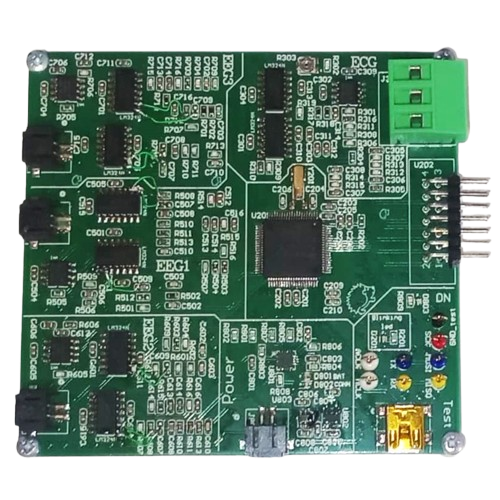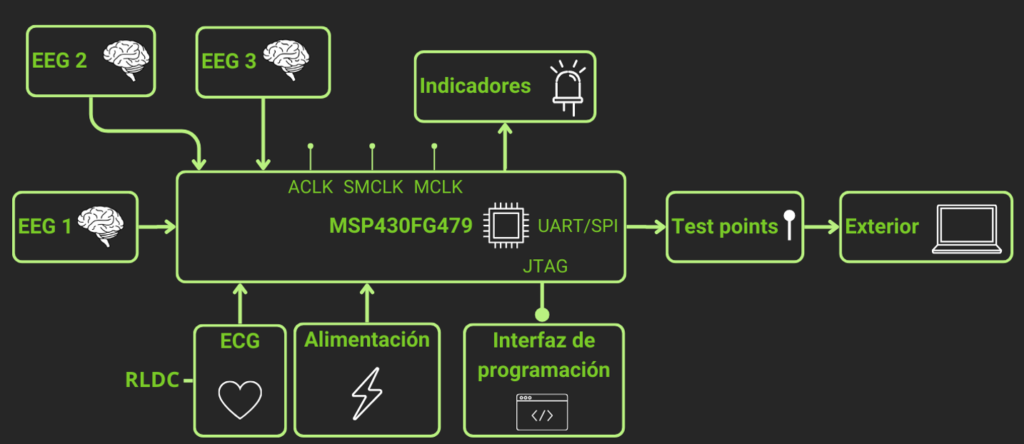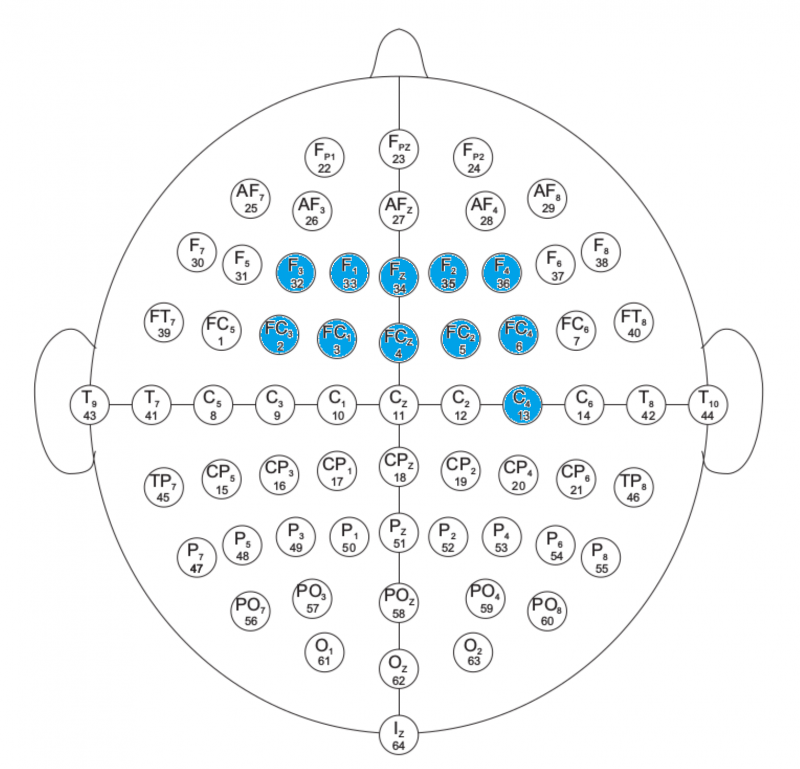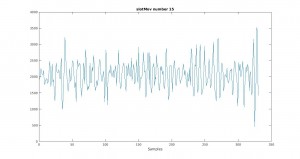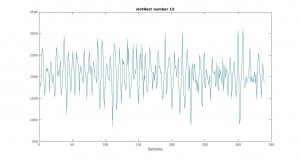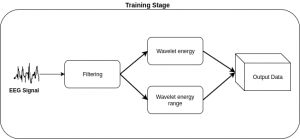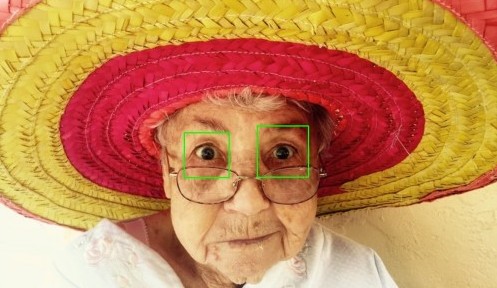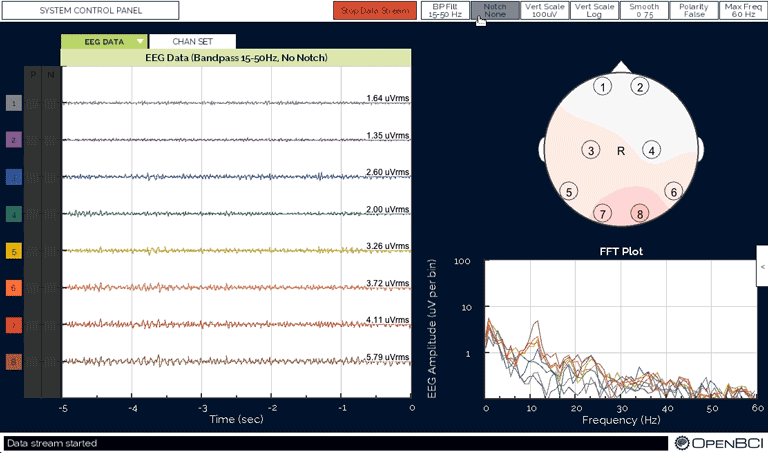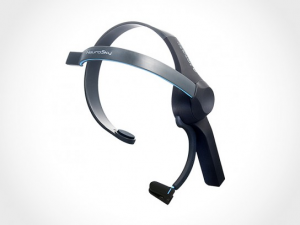Introduction
This work is part of the STRIKE project, a multidisciplinary initiative aimed at developing new therapeutic strategies for the treatment of ischemic stroke, one of the leading causes of death and disability in Spain and worldwide. STRIKE integrates three techniques: transcranial magnetic stimulation (TMS), implantation of mesenchymal stem cells encapsulated in silk fibroin, and electrical stimulation of the auricular branch of the vagus nerve (aVNS).
In this context, the Ikki device has been designed and implemented a portable system for acquiring biological signals, specifically electrocardiogram (ECG) in rodents and electroencephalogram (EEG) in humans. This work primarily focuses on the electrical stimulation of the auricular branch of the vagus nerve, although it is partially related to transcranial magnetic stimulation. The main goal is to enable real-time monitoring of physiological responses to the applied therapies, thereby facilitating personalized treatment and experimental validation of the proposed techniques. The device has been validated in a real-world setting through human trials.
Keywords
Electrocardiogram, electroencephalogram, biological signals, electrophysiology, biomedical
device, portable, low power consumption, vagus nerve, ischemic stroke, treatment, embedded
system.
The problem
Clinical Context
Ischemic stroke accounts for more than 80% of stroke cases. Conventional treatment is based on early reperfusion and physical rehabilitation, but neurological recovery remains limited. Therefore, new strategies are needed to complement current treatments and improve neuroprotection and brain regeneration. The STRIKE project was born from the development of these new strategies.
Technological Need
To experimentally validate the techniques proposed in the STRIKE project, it is essential to have a device capable of accurately acquiring physiological signals in a portable, non-invasive, and user-friendly manner for researchers. ECG and EEG signals allow for the evaluation of the impact of therapies on the nervous and cardiovascular systems and are fundamental for establishing a personalized treatment approach.
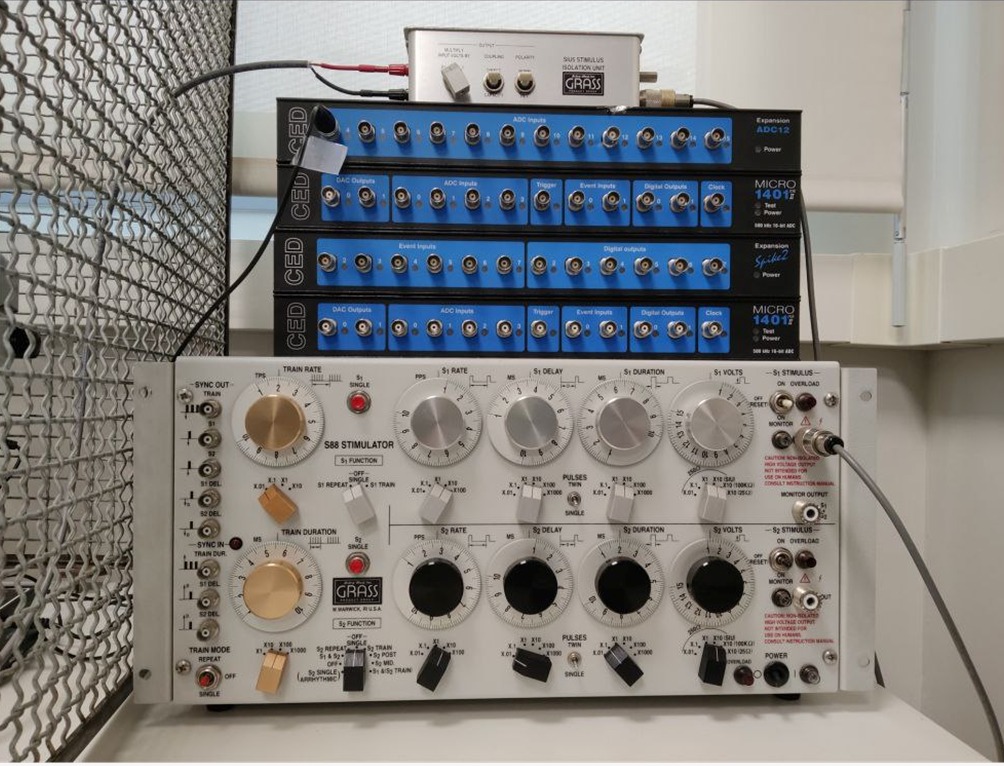
Acquisition system for ECG and stimulation used in the CTB.
Currently, experiments conducted at the Center for Biomedical Technology (CTB) use very large devices that hinder researchers due to their size. Therefore, the long-term goal is to develop a device with a “closed-loop approach.” To achieve this, the signal acquisition device is developed first, and later stimulation will be integrated into the same device.
Proposed Solution

The Ikki device has been developed as a comprehensive solution for acquiring and transmitting biological signals in the context of ischemic stroke treatment. Its design meets criteria of portability, low energy consumption, data capture precision, and ease of use in experimental and clinical environments. The system has been divided into hardware and software components.
Hardware Development (HW)
- MSP430FG479 Microcontroller: Responsible for acquiring signals from the acquisition circuits. It includes built-in SD16-type ADCs. This is the main microcontroller of the entire system.
- Signal Acquisition Circuits: Composed of several modules that allow analog processing of the signals to be captured, with filtering and amplification adapted to each signal type.
- Power Supply System: Composed of a PMIC, a linear regulator, and an inverter that enable symmetrical power supply to the entire system.
- Communications: Includes test points that allow data collection through the main microcontroller.
- Connectors and Electrodes: Adapted for use in humans and rodents, ensuring secure and stable connections during acquisition.
The design has gone through several iterations, from initial prototypes to the final version Ikki V1.3, optimized for real-world testing. The quality of the acquired signals has been validated through comparisons with commercial systems.
Software Development(SW)
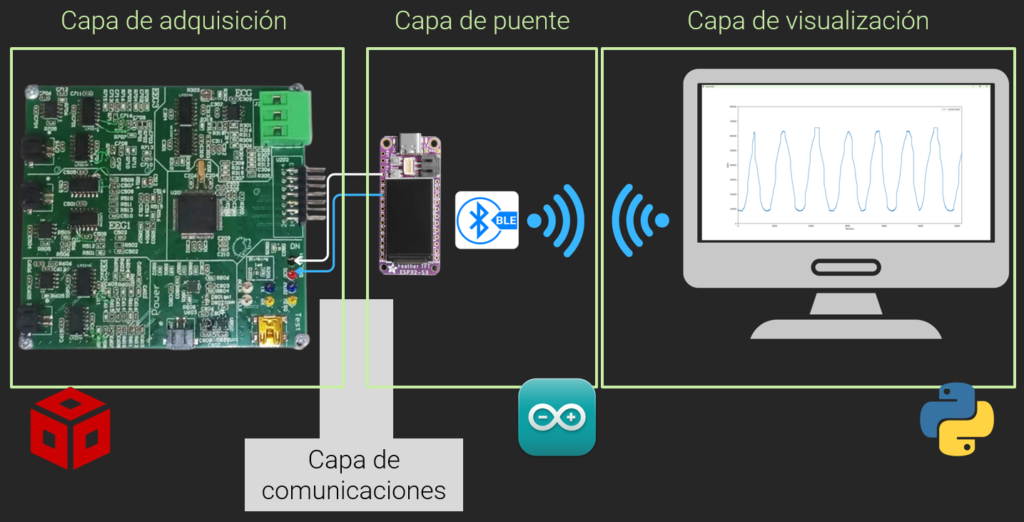
The software is divided into four layers:
- Acquisition Layer:
- Developed in C using Code Composer Studio.
- Programs the main microcontroller MSP430FG479.
- Acquires data via the microcontroller’s built-in ADCs, processed through the acquisition circuits.
- These data are then sent in a predefined format via SPI or UART to the bridge layer.
- Communication layer:
- Defines a state machine to differentiate data acquired from various channels by the main microcontroller.
- Bridge layer:
- Programs an ESP32 using ArduinoIDE.
- Receives data from the acquisition layer via SPI/UART and forwards them via BLE.
- Enables wireless functionality of the device.
- Visualization layer:
- Programmed in Python.
- Establishes a connection with the bridge layer and displays the data received via BLE on a device screen, such as a laptop.

